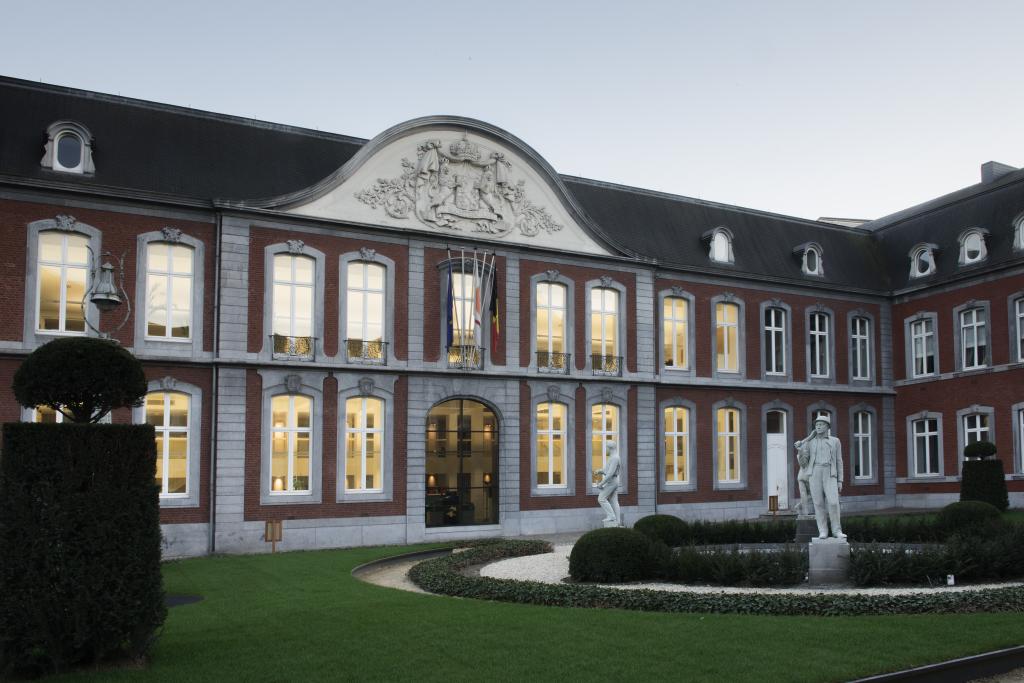It all began in 1817, when John Cockerill bought the Seraing château from William of Orange. At that time the business, which would later become the economic flagship of the region, was already designing and manufacturing technical equipment such as steam engines, steelmaking equipment, cannons and locomotives. Then, progressively, steel production became the primary activity of the Cockerill facilities.
When Bernard Serin bought CMI in 2002, the company left the steel industry definitively. Under his impetus, the original activity of industrial equipment manufacturing became the core business once again. The Group expanded its technological portfolio, developed its service activities, and expanded around the world, mainly through acquisitions. In 2004 the name was adapted; CMI no longer signified Cockerill Mechanical Industries, but Cockerill Maintenance & Ingénierie. A name that proudly kept the reference to its illustrious founder, John Cockerill. On May 16, 2019, CMI becomes John Cockerill again, like the visionary and bold entrepreneur. With this name change, the Group is reconnecting to its roots and building its future, more than ever inspired by the innovative and entrepreneurial spirit of its founder.


